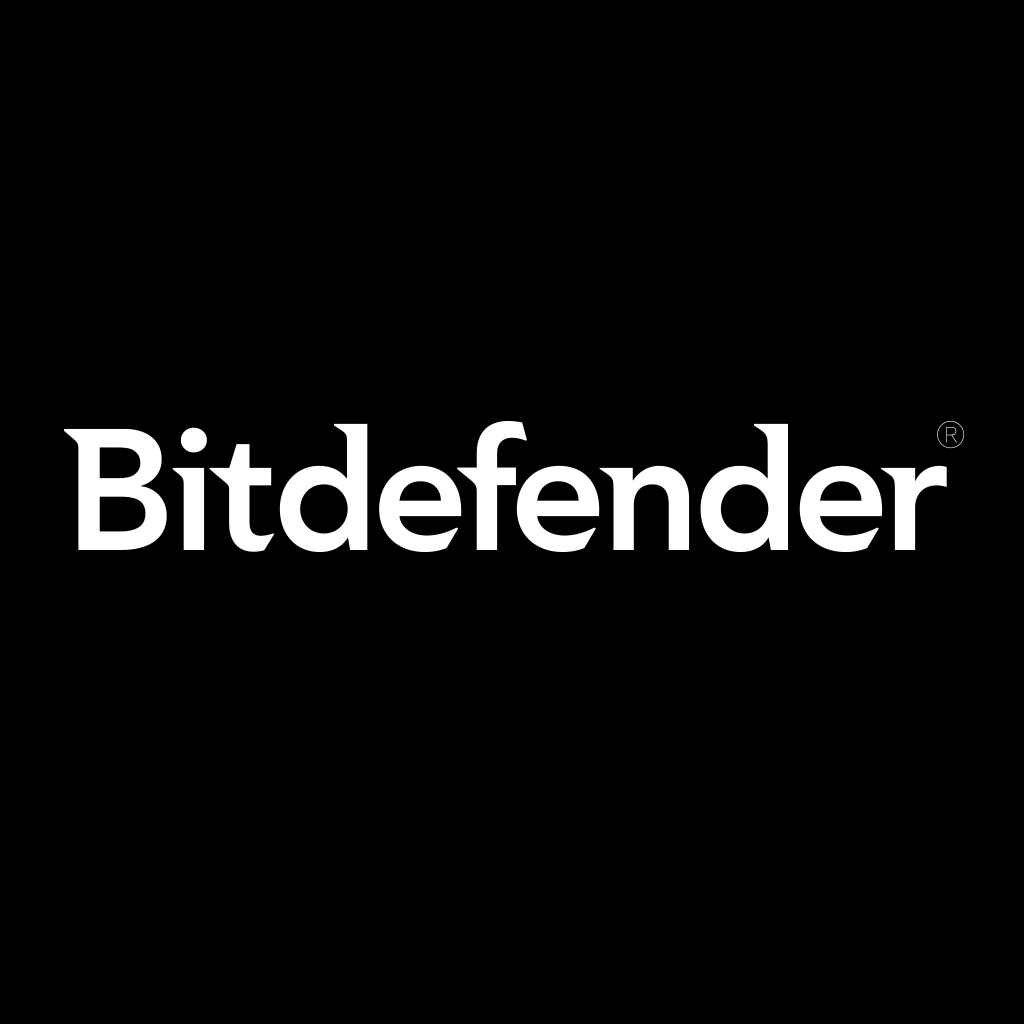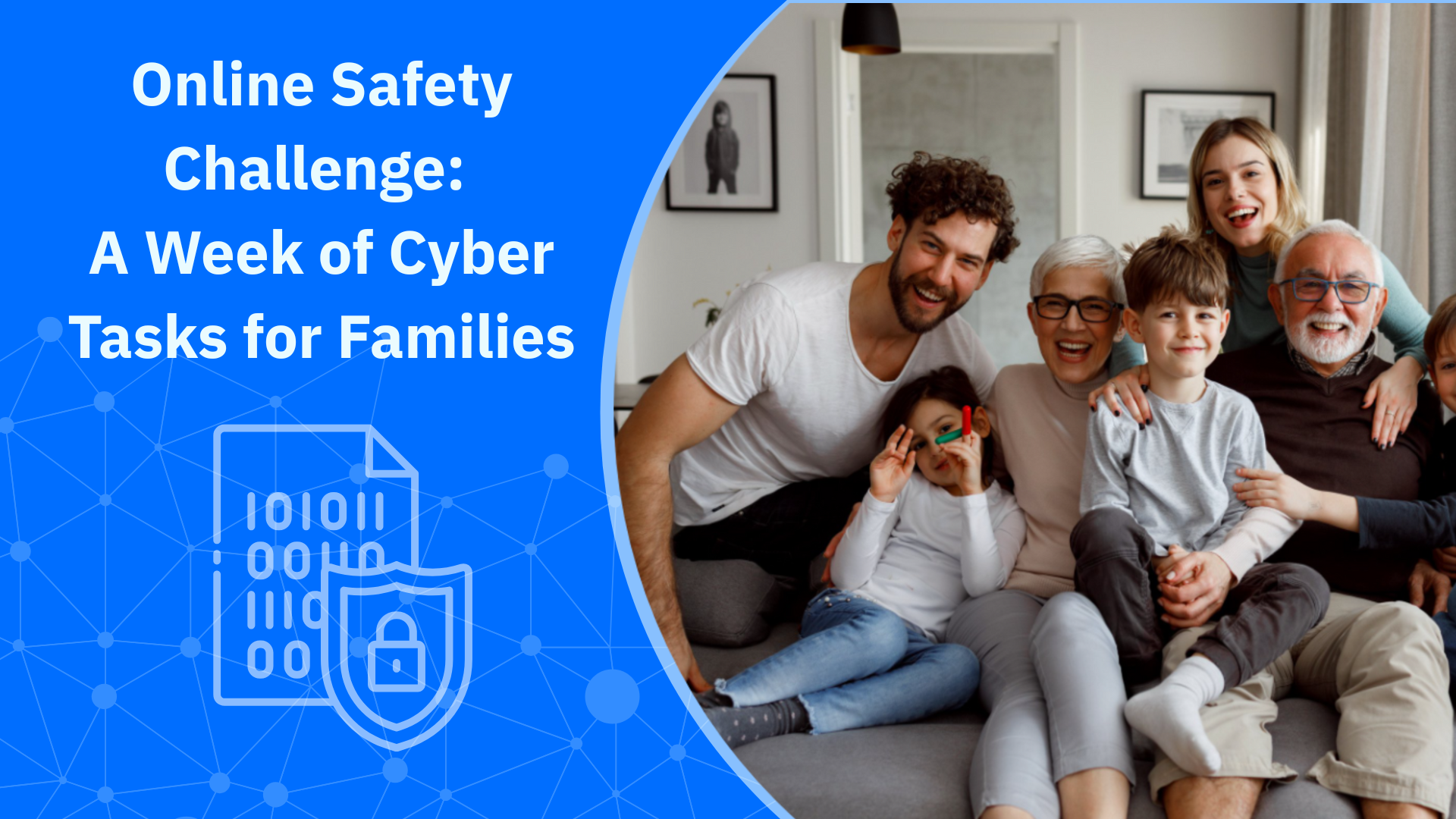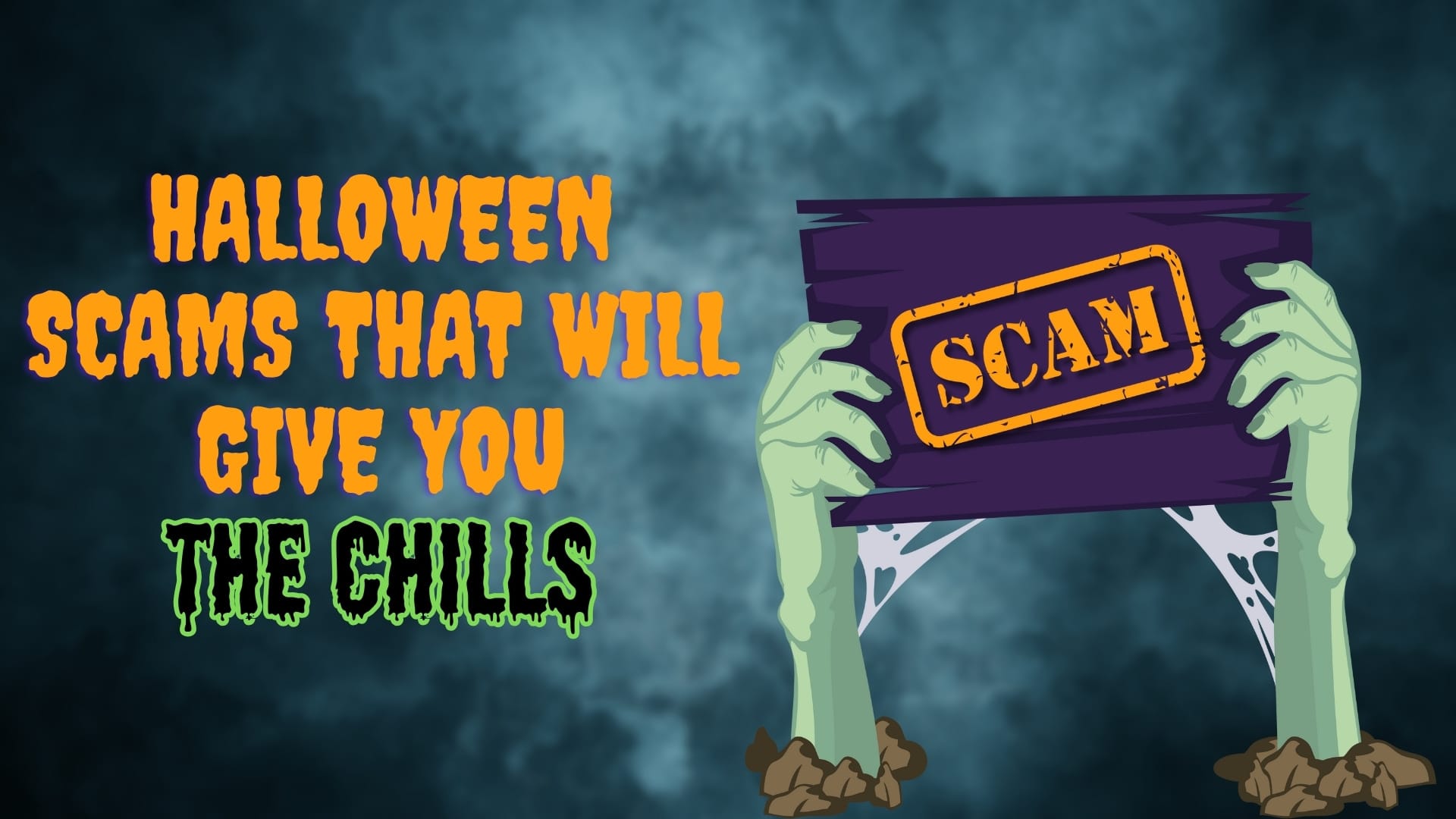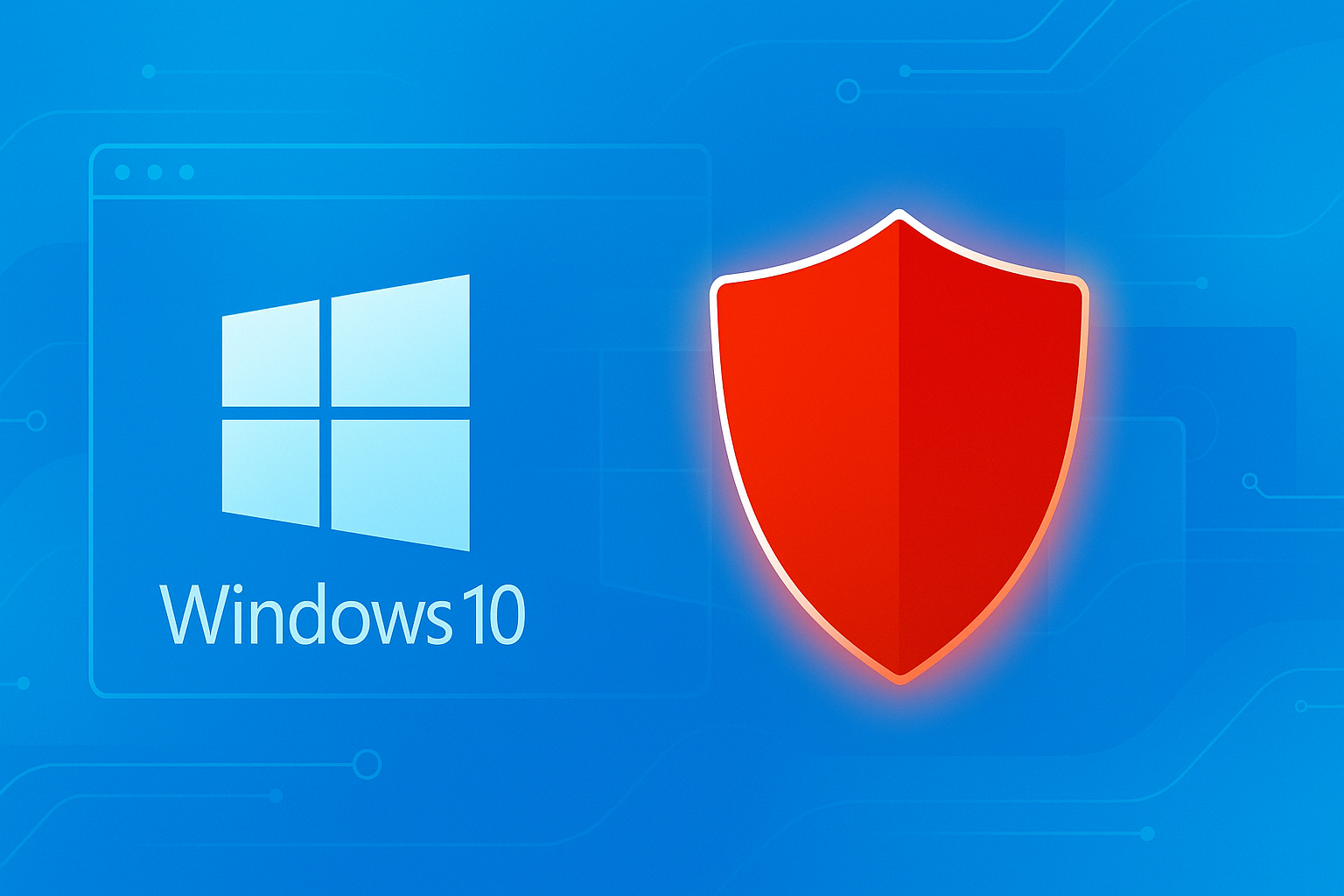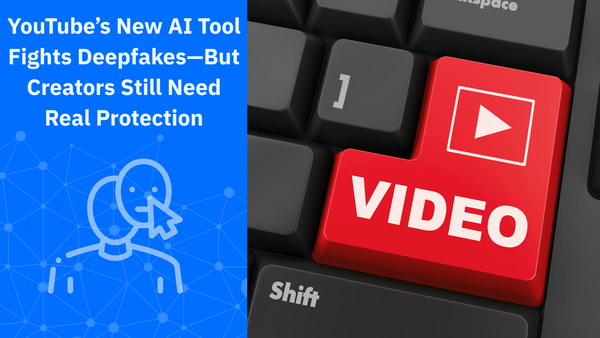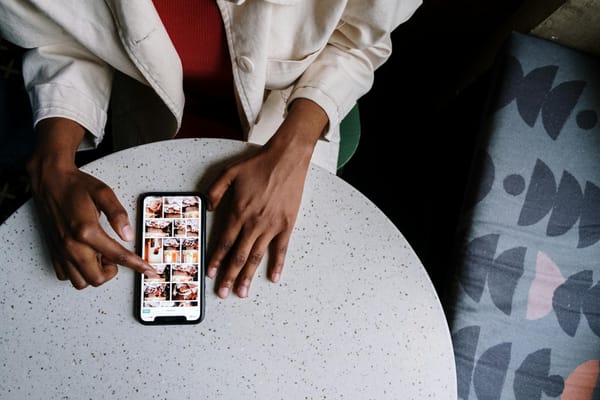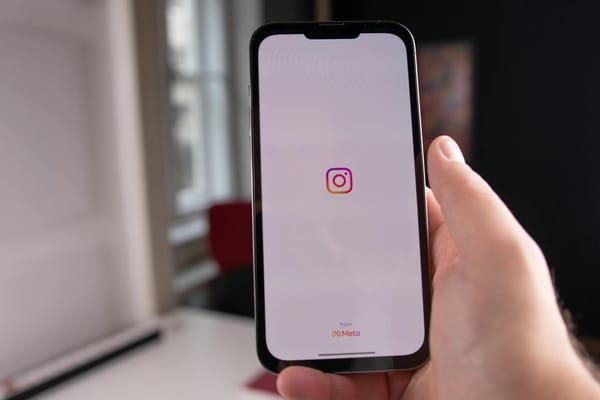Top Steps for Secure Social Media Accounts | Protect Your Privacy
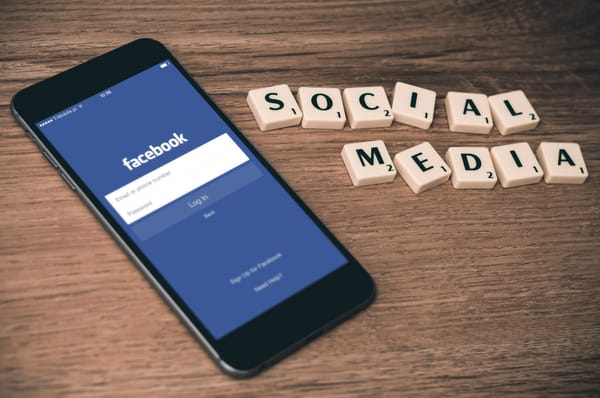
Social platforms are designed to connect, but they also expose. And the more time you spend online, the more of your identity you leave behind. If you don’t secure social media accounts properly, you're risking sensitive data, your income, reputation, and safety.
So regardless if you're managing one account or ten, the rules are simple: assume zero trust, secure everything, use strong, unique passwords for every account, stay away from suspicious requests, and don’t overshare. However, this is just the tip of the iceberg. That's why, in this guide, you'll learn:
● How to protect your accounts from unauthorized access
● What red flags to look for in DMs and friend requests
● Why your privacy settings matter more than you think
● What tools security experts actually recommend
1. Understand Your Digital Footprint
Every photo you post, story you react to, or profile you follow adds to your digital fingerprint. Unfortunately, hackers are watching. They scrape bios, scan tagged locations, and study interactions to build phishing messages that feel eerily personal. A selfie at your local café might seem harmless until someone uses it to guess your security question.
Tools like Maltego or open-source intelligence platforms can turn a few public details into full-blown identity maps. Hackers don’t need to break into your private social media platforms if they can social-engineer their way around it.
Here's how to audit yourself like an outsider:
● Open a private browser, search your handle, your real name, and any nicknames fans might know you by. Note what comes up: old blogs, leaked emails, cached bios, location tags, and public comments. Can someone tell where you live? Who you spend time with? What email you use for brand deals?
● Next, go through each platform you use. Review your “About” sections, tagged posts, alt accounts, security and privacy settings, and even live stream replays. Look for exposed metadata, as images sometimes contain GPS data. Use tools like Exif.tools to scan your posted images for metadata (GPS coordinates or device IDs can leak more than you think). Strip that info before uploading.
● Go into your Instagram and Facebook privacy settings. Turn off location tagging, hide your follower/following lists, and remove old apps with access. On YouTube, check your channel’s “About” tab. Is your business email public? Consider switching to an alias or a dedicated contact form.
2. Invest in Professional Protection

There’s DIY security, and then there’s the level of protection that knows what to look for before you do.
Most creators wait until something bad happens to start taking cybersecurity seriously. But by then, it’s too late, as your audience might've already been spammed, your brand deals jeopardized, and your sensitive information possibly leaked. You can’t afford that kind of reset.
Professional protection buys you time, certainty, and early warnings. Bitdefender Security for Creators offers 24/7 monitoring, phishing detection, account takeover prevention, and even a recovery guide if you get locked out. Plus, you get expert advice, tools, and useful materials designed specifically for creators who have more to lose.
Think of it like insurance for your reputation. You don’t need to be “paranoid.” You just need to be prepared.
In a space where access equals income, protecting your social media is one of the most future-proof decisions you can make. For a visual guide on activating and setting up Bitdefender Security for Creators, you can watch the following video:
https://www.youtube.com/watch?v=H-pWubOmNQM
3. Protect Your Accounts from Unauthorized Access
Most creators don’t get hacked through some elite exploit. They get hacked because they reused a password from the past. In January 2024, researchers uncovered a credential breach now dubbed the “Mother of All Breaches” which contained over 26 billion records from platforms including YouTube, Twitter, Canva, and Dropbox.
To avoid falling victim to hackers' exploitation, follow our advice:
● Use a password manager like Bitdefender Password Manager to create long, unique, complex passwords for each account consisting of 20+ characters, no repeats, and no personal information. Never store passwords in your browser.
● Turn on multi-factor authentication across every account. Think of your major social media platforms like YouTube, Gmail, Meta, TikTok, LinkedIn, Reddit, and more. We recommend using an authenticator app, not the SMS when turning on 2FA, as SIM swaps are still happening.
● Audit your account activity. Go into your YouTube and Google security dashboard and look for unfamiliar devices, login times that don’t add up, third-party apps you no longer use, or suspicious default privacy settings. If you see anything off, revoke access immediately.
4. Beware of Friend Requests and Direct Messages
A hacker doesn’t need to breach your system if they can simply talk their way in. Fake accounts posing as fans, brands, or collaborators slide into your DMs daily, and if you’re not filtering, you’re exposing your accounts.
Many social engineering attacks start with an innocent “Hey, big fan! Can we collab?” followed by a fake link to “assets” or a contract by an account designed to steal credentials. One click, and you’ve downloaded malware from the broader internet or handed over your personal info via a phishing page that looks exactly like YouTube or Instagram.
Here’s how to protect yourself:
● Treat every new message, regardless if it's from someone you know or just a stranger, like a potential attack, especially if it contains a link or attachment.
● Verify identities outside the platform. If someone claims to be from a brand, check their email domain, LinkedIn, or contact the company directly. Most social media accounts and pages can be created with just an email address, even if it's fake.
● Don’t engage with accounts that have no followers, no mutuals, or generic bios. These are often bot-controlled or burner scam accounts with false information.
● On YouTube and Instagram, turn on message request filters and limit DMs to followers or verified users whenever possible.
● Reverse image search profile photos of new requesters. Many are scraped from stock libraries or real users, and not everyone is who they claim to be.
If it feels off, it probably is. And in this game, trusting the wrong DM can cost you your entire audience.
5. Secure Your Online Services and Ecosystem of Data
Your YouTube is tied to your Google login used via sign-up, your brand email, your banking tools, cloud storage, ad platforms, and other digital avenues. Hence, hackers are after this ecosystem of data to then get to your revenue streams, financial data, and private inboxes and spread false information, get your personal details from ransomware, hack your financials, and more.
2FA (two-factor authentication) is the absolute baseline, but most creators use it halfway. If you only have it turned on for your YouTube account and not for your Gmail, you've left a door wide open.
To close it, use 2FA on every service tied to your content: Google, PayPal, Stripe, Meta, banking apps, password managers, and cloud storage (like Dropbox or Google Drive). Use an authenticator app (like Bitdefender's or Google Authenticator), not SMS. Additionally, add backup codes and store them offline. If you lose access to your phone, you’ll need a fallback.
6. Avoid Malicious Software and Scams like Phishing
Losses from scams originating on social media rose dramatically, from $237 million in 2020 to $1.4 billion in 2023, according to the Federal Trade Commission (FTC). That number’s only going up.
As a creator, you’re a high-value target. Here's how to stay safe:
● Never click on suspicious links from unknown senders, even if the message looks official. When in doubt, visit the platform’s site directly.
● Avoid opening .zip, .scr, or .exe attachments unless you were expecting them and can verify the source.
● Use security software that scans incoming emails and downloads for malware. Bitdefender’s anti-phishing and scam detection (Scamio) tech flags known patterns before you even click.
● Before clicking any link, pause and hover. On desktop, hover your cursor over the link to preview the actual URL (usually in the bottom-left corner of your browser or email client). If the address looks unfamiliar, misspelled, or doesn’t match the sender’s identity (e.g., youtubeteam-support. info instead of youtube.com), do not click.
7. Review and Adjust Your Privacy Settings
Privacy settings aren’t something you “set and forget.” Platforms evolve and new features roll out all the time. More often than not, those updates prioritize visibility, not your protection.
Most creators haven’t reviewed their settings in months. And in that time, your audience, apps, and even advertisers may have gained access to more than you realize, from your email visibility to how people find you through your phone number. Here’s how to take back control:
● Start with your core platforms like YouTube, Meta, TikTok, X. Go into your account settings and check who can tag you, send messages, see your posts, or look you up by email or number. Then, turn off location permissions, restrict story visibility to close contacts, and review what’s public on your channel’s About tab. On YouTube, for example, that often includes business emails, links to secondary accounts, and connected apps.
● Once you’ve handled the platforms, move to your devices. Enable full-disk encryption, auto-update your OS, and use antivirus software that scans not just for malware, but for unsafe system permissions or hidden backdoors — Bitdefender can do that for both mobile and desktop.
8. Be Cautious of Public Wi-Fi and Third-Party Apps
If you’re posting from a café, airport, or hotel using public Wi-Fi, assume someone else can see what you’re doing. These networks are open playgrounds for attackers running packet sniffers and man-in-the-middle attacks, meaning your login credentials, session tokens, or emails could be captured without you ever knowing.
● A VPN is a must here. Use one every time you connect to public networks, especially when accessing creator tools, uploading content, or logging into your accounts. Bitdefender’s VPN encrypts your traffic, keeping your session private, even on networks you don’t control.
● Then there’s the app layer. Most breaches don’t happen through brute force, but rather because a third-party app you forgot about still has access to your account. Or worse, you granted access to a fake one.
● Review your connected apps across every platform. Revoke anything you don’t use weekly. Be especially cautious with “analytics,” “giveaway,” or “editing” tools that ask for more permissions than they need. Always check reviews, developer names, and data policies. If it’s not from a verified source or well-known popular online services don’t install it
9. Monitor Your Accounts for Suspicious Activity
Go into every major social media platform you use and check your account activity weekly. Look for login attempts from unknown locations, unexpected password resets, new device authorizations, or messages you didn’t send.
Use security software built to scan for background threats, hidden malware, and unauthorized data access, especially across mobile devices where creators tend to overlook vulnerabilities.
If you get a message with a link, always hover first or long-press to preview. If it’s pushing a time-sensitive offer, urging you to act fast, or linking to get-rich-quick schemes, it’s likely part of a phishing attack, so make sure to verify before you click to make sure your personal information remains inaccessible.
10. Manage Your Social Media Accounts as a Whole
Every connected account, from analytics tools to cloud storage to your old Twitter, creates another surface to attack. And hackers don’t go after the most secure point
Start by listing every account tied to your content, both personal and professional. Then, use a password manager to assign each one strong and unique passwords. If you’re still using one password across platforms or minor variations of the same, you’re gambling with your security.
Turn on two-factor authentication everywhere, even for accounts you rarely log into. That includes brand portals, newsletter tools, and anything connected to your email. If a hacker can get in through a lesser-used login, they won’t need your YouTube password. They’ll find another way to gather information, impersonate you, or trigger password resets.
Secure Your Accounts Today. Get Protected from Financial Loss, Identity Theft, and More
There’s no rewind button for a hacked account. Once access is lost, damage spreads fast through your income, your audience, and your name.
What you’ve built online is so much more than just content. It’s intellectual property. It’s reputation. It’s business. And in 2025, leaving that unprotected is a no-go.
You don’t need to know everything about cybersecurity. You just need the right system behind you. Bitdefender Security for Creators was built exactly for this, AKA creators with reach, teams, and something worth protecting.
✅ 24/7 YouTube account monitoring
✅ Advanced phishing and malware protection
✅ Full-device security for you and your team
✅ Guided account recovery if anything goes wrong
You’ve done the hard work of growing. Now do the smart work of securing it.
Get protected today →
tags
Author
The meaning of Bitdefender’s mascot, the Dacian Draco, a symbol that depicts a mythical animal with a wolf’s head and a dragon’s body, is “to watch” and to “guard with a sharp eye.”
View all postsRight now Top posts
Microsoft Is Done With Windows 10 but Bitdefender Will Keep You Safe Until October 2026
October 14, 2025
Recruitment Scam Alert: Fraudsters Impersonate Bitdefender in Fake Job Interviews
October 13, 2025
FOLLOW US ON SOCIAL MEDIA
You might also like
Bookmarks

